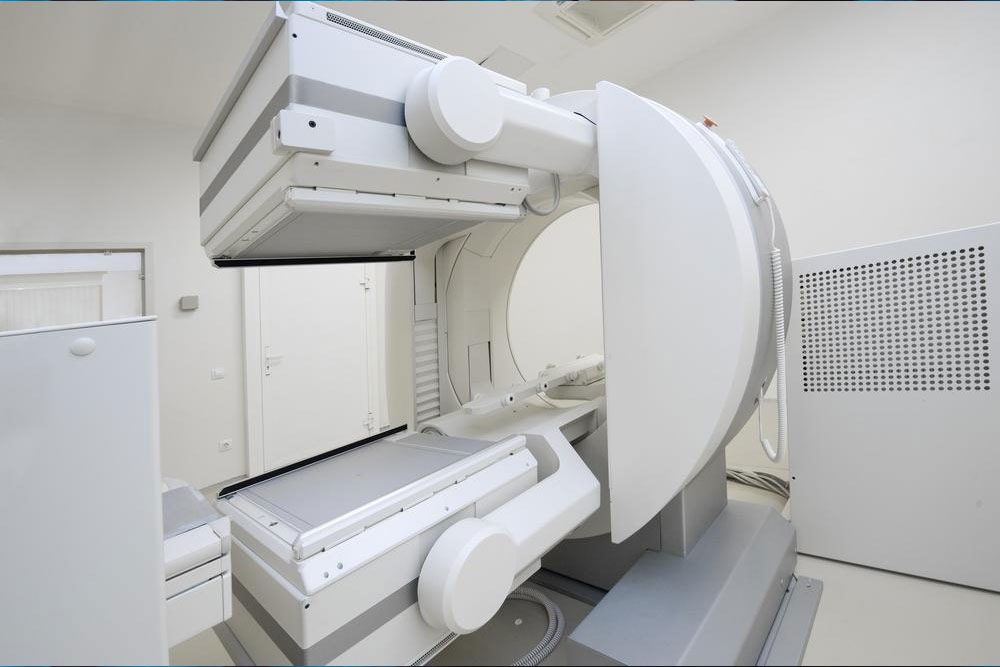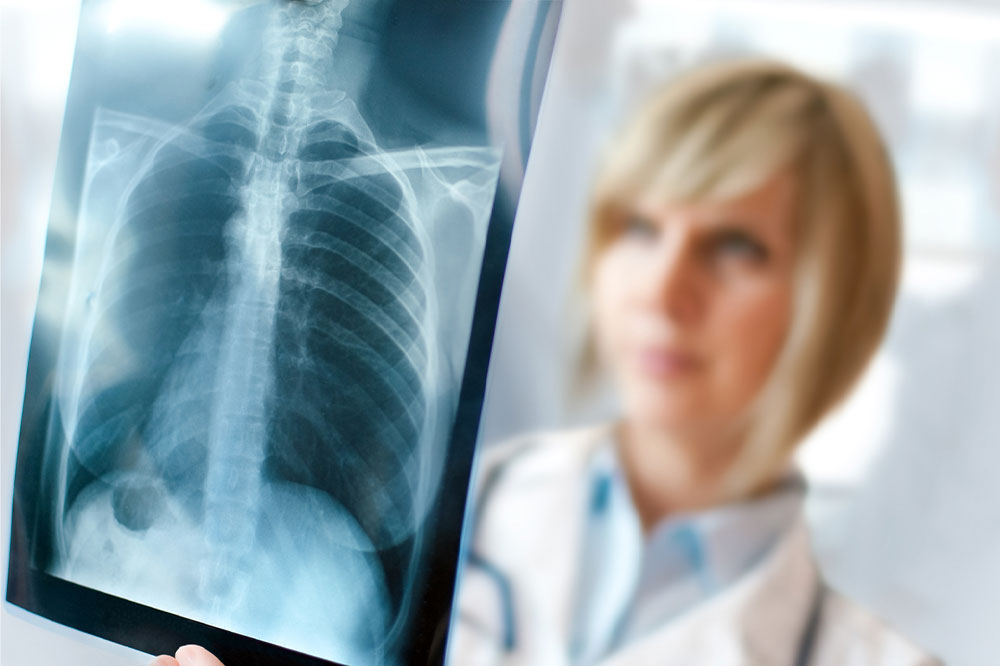Benefits of PET Imaging in Lung Cancer Detection
PET scans are vital in the early detection and management of lung cancer, offering highly accurate, non-invasive, and detailed imaging. This technology helps locate tumors, assess spread, and guide treatment decisions, significantly improving patient outcomes and reducing invasive procedures.

Benefits of PET Imaging for Lung Cancer Diagnosis
Lung cancer remains one of the leading causes of cancer mortality worldwide. It occurs when abnormal cells in the lungs grow uncontrollably. The two main types are small-cell and non-small cell lung cancer. Early detection is crucial for effective treatment and improved outcomes.
Positron emission tomography (PET) scans are now vital tools in diagnosing and managing lung cancer. This advanced imaging method uses a radioactive tracer combined with an imaging device to provide detailed insights into lung tissues.
The procedure begins with the injection of a radioactive tracer, typically fluorodeoxyglucose, which the body recognizes as sugar. Once absorbed, the PET scanner captures detailed images of the tissues, often combined with a CT scan for enhanced 3D visualization of lung health.
Applications of PET in Lung Cancer
PET scans help identify tumor locations, determine the spread of cancer, and assist in choosing the optimal treatment plan and ongoing care management.Advantages of PET Imaging for Lung Cancer
High Precision
PET or combined PET-CT scans provide the most precise method for detecting cancer cells in the lungs. They are essential for monitoring treatment effects and detecting metastasis.
Non-Invasive Technique
This imaging approach reduces the need for surgical biopsies, offering a safer alternative to tissue sampling and microscopic examination.
Painless Process
Patients experience no pain during a PET scan, aside from the minor sensation of the needle injection of the radioactive tracer.
Detailed Imaging
PET scans produce highly detailed views of lung tissues, making it easier to distinguish benign from malignant tumors regardless of size.
Note:
This informational content aims to provide valuable insights into lung cancer diagnosis tools. While the data can guide understanding, it is not a substitute for professional medical advice. The site disclaims responsibility for data variations or inaccuracies from other sources, and readers should consult healthcare professionals for personalized guidance.










